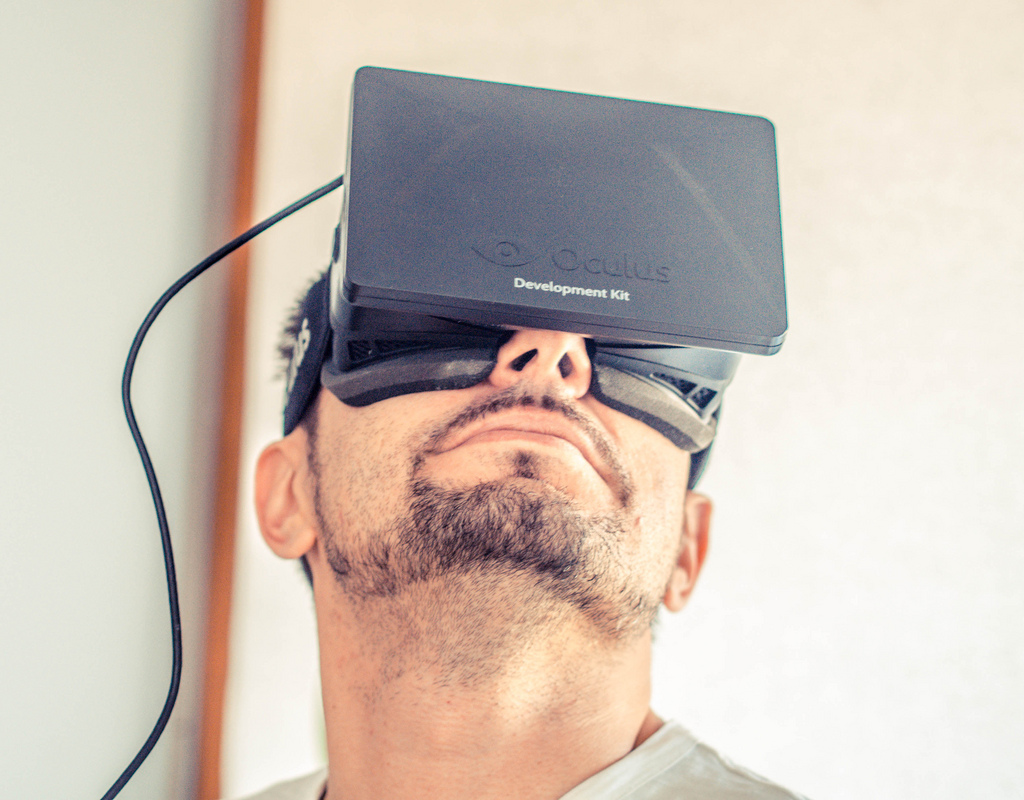BBC Future
Image: Sergey Galyonkin
Back in the early 1990s, virtual reality was poised to revolutionise gaming. Games giant Sega, makers of the hugely popular Genesis console, had just unveiled the Sega VR project. At the project’s core lay a headset that coupled state-of-the-art graphics with movement tracking software to immerse gamers in a rich and vibrant virtual world. At least, that was the plan.
The reality of Sega’s virtual reality fell some way short. The biggest problem was that the onscreen graphics didn’t keep pace with the gamer’s head movements, triggering a form of motion sickness. Thomas Piantanida, then principal scientist of SRI International’s Virtual Perception Program, test drove a prototype in 1993 and came up with a name for the vomit-inducing phenomenon. The headset’s graphical output, he said, lay in the “barfogenic zone”. By 1994, Sega had quietly shelved the project.
Virtual reality is back in the news this week, as Facebook has just forked out $2 billion for Oculus VR. The social media giant is betting that immersive virtual and augmented reality will become a part of people’s everyday life, which raises the question of whether the technology has managed to escape the barfogenic zone during the last 20 years. Read more on the BBC Future website…








